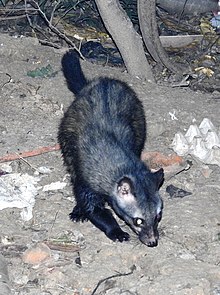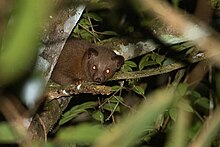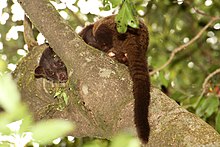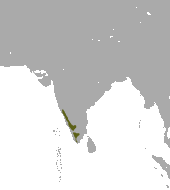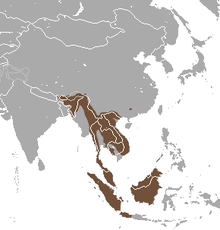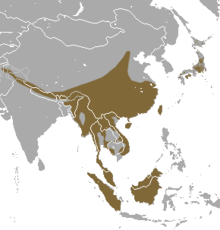| Paradoxurinae | |
|---|---|
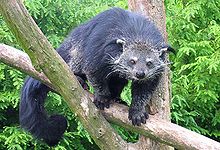
| |
| Binturong (Arctictis binturong) | |
| Scientific classification | |
| Domain: | Eukaryota |
| Kingdom: | Animalia |
| Phylum: | Chordata |
| Class: | Mammalia |
| Order: | Carnivora |
| Suborder: | Feliformia |
| Family: | Viverridae |
| Subfamily: | Paradoxurinae Gray, 1864 |
| Genera | |
|
see Classification | |
Paradoxurinae is a subfamily of the feliform viverrids that was denominated and first described by John Edward Gray in 1864.[1] Pocock subordinated the genera Paradoxurus, Paguma and Arctictis to this subfamily.[2][3]
